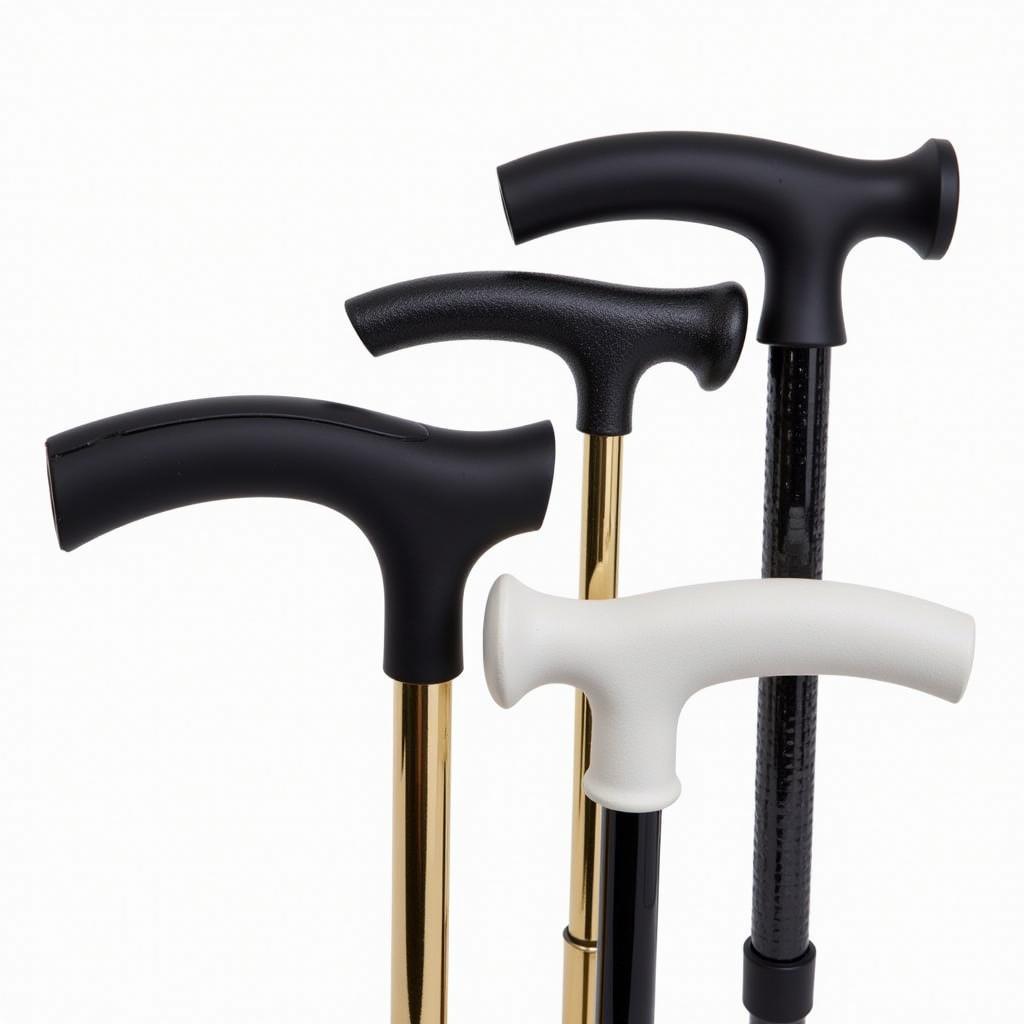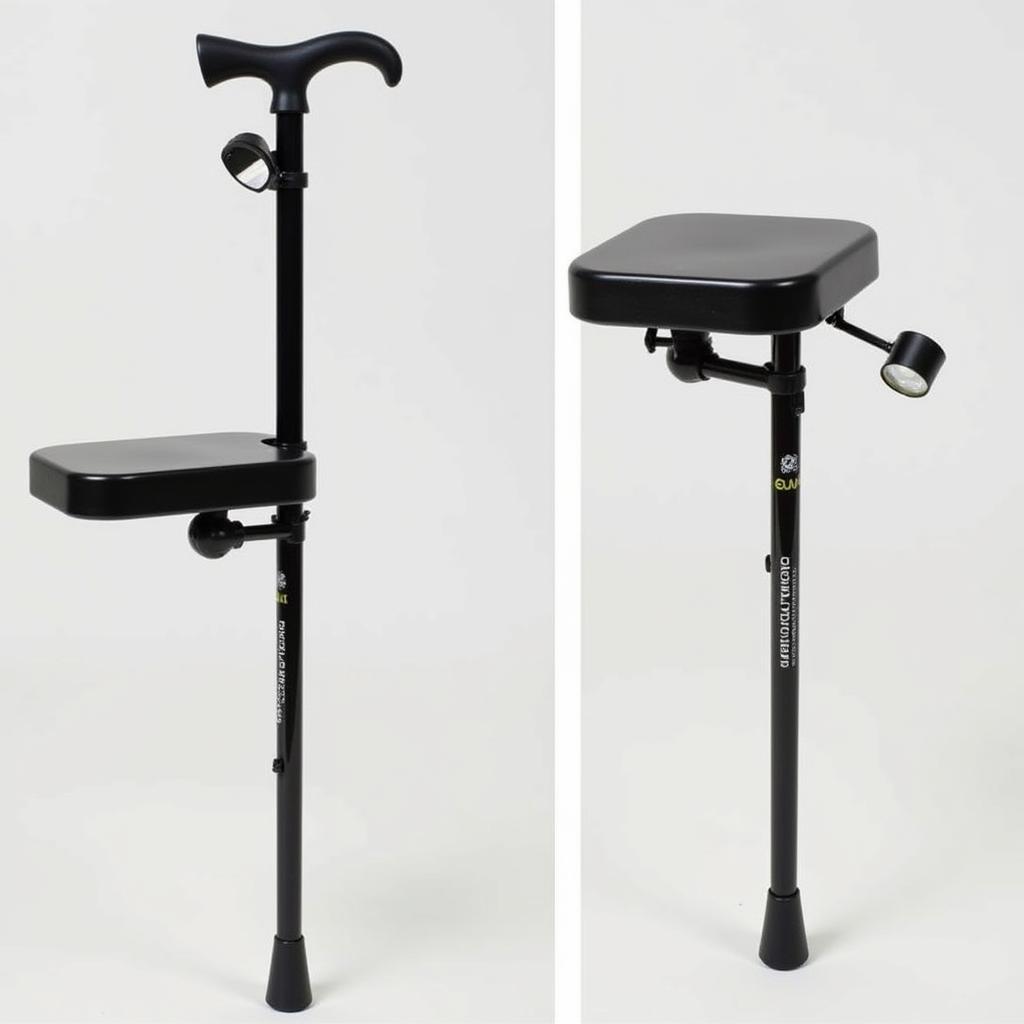Big and Tall Walking Canes: Finding the Right Support for You
October 20, 2024Navigating daily life with added height or weight requires extra support, and that’s where Big And Tall Walking Canes come in. Choosing the right cane isn’t just about finding something that fits your stature, it’s about ensuring stability, comfort, and confidence with every step. Let’s explore the world of walking canes designed specifically for taller and larger individuals.
Why Size Matters When Choosing a Walking Cane
Walking canes aren’t one-size-fits-all, especially for big and tall individuals. Using a cane that’s too short can lead to poor posture, back pain, and even increase your risk of falls. Conversely, a cane that’s too tall can be awkward to maneuver and feel uncomfortable. Finding the right fit is crucial for maximizing support and improving your overall mobility.
Key Considerations for Big and Tall Canes
When searching for the perfect cane, keep these essential factors in mind:
1. Height Adjustment: A Must-Have Feature
Opt for canes with adjustable height settings. This allows you to customize the cane’s length as your needs change or if you share it with someone else.
2. Weight Capacity: Strength and Durability
Ensure the cane you choose can comfortably support your weight. Look for canes with a higher weight capacity than your current weight for added safety and peace of mind.
3. Handle Design: Comfort is Key
Consider the handle design carefully. Larger hands might find wider, ergonomic handles more comfortable. Look for materials like foam or gel padding for added cushioning.
 Various walking cane handle designs for different hand sizes and comfort levels
Various walking cane handle designs for different hand sizes and comfort levels
4. Cane Material: Balancing Weight and Strength
Walking canes come in various materials, each with its pros and cons:
- Wood: Classic look, sturdy, but can be heavier.
- Aluminum: Lightweight, durable, and often adjustable.
- Steel: Extremely strong and durable, but heavier than aluminum.
- Carbon Fiber: Lightweight, strong, and often shock-absorbing, but pricier.
5. Base Type: Stability and Traction
The base of the cane plays a crucial role in stability. Popular options include:
- Single-tip: Offers basic support and is lightweight.
- Quad cane: Provides a wider base for greater stability.
- Offset cane: Distributes weight evenly for enhanced balance.
 Different walking cane base types for varied stability needs
Different walking cane base types for varied stability needs
Finding Your Perfect Fit
To determine the ideal cane height, follow these steps:
- Stand upright: Wear your everyday shoes and stand tall with your arms relaxed at your sides.
- Measure the distance: Have someone measure from the crease on your wrist (where your hand meets your wrist) to the floor. This measurement is a good starting point for your cane height.
- Adjust as needed: Once you have your cane, fine-tune the height until your elbow forms a slight bend when you grip the handle with your arm relaxed by your side.
Beyond the Basics: Additional Features
Some big and tall walking canes come with additional features to enhance comfort and convenience:
- Wrist straps: Prevent the cane from dropping when not in use.
- Built-in seats: Provide a place to rest when needed.
- Lights: Improve visibility in low-light conditions.
 A walking cane featuring a built-in seat and integrated light for enhanced functionality and safety.
A walking cane featuring a built-in seat and integrated light for enhanced functionality and safety.
Conclusion
Choosing the right big and tall walking cane is an investment in your mobility, comfort, and overall well-being. By carefully considering the factors outlined above, you can find a cane that provides the support and confidence you need to navigate life with ease. Remember, prioritize proper fit, durability, and features that align with your lifestyle and preferences.